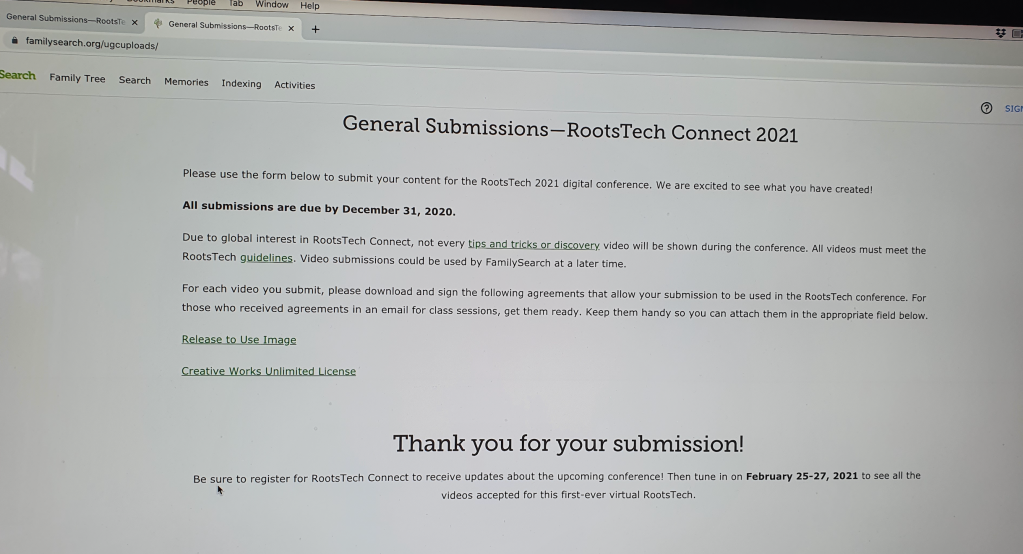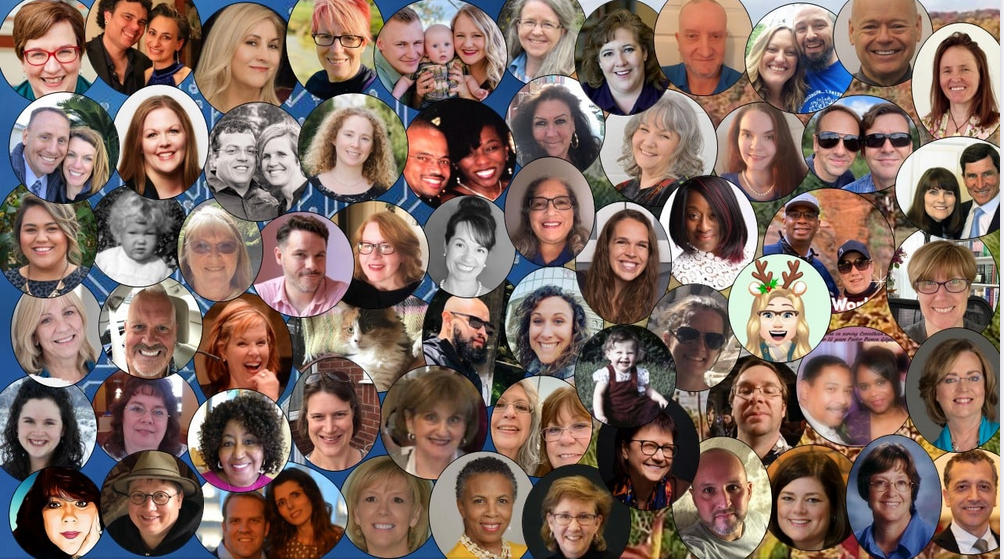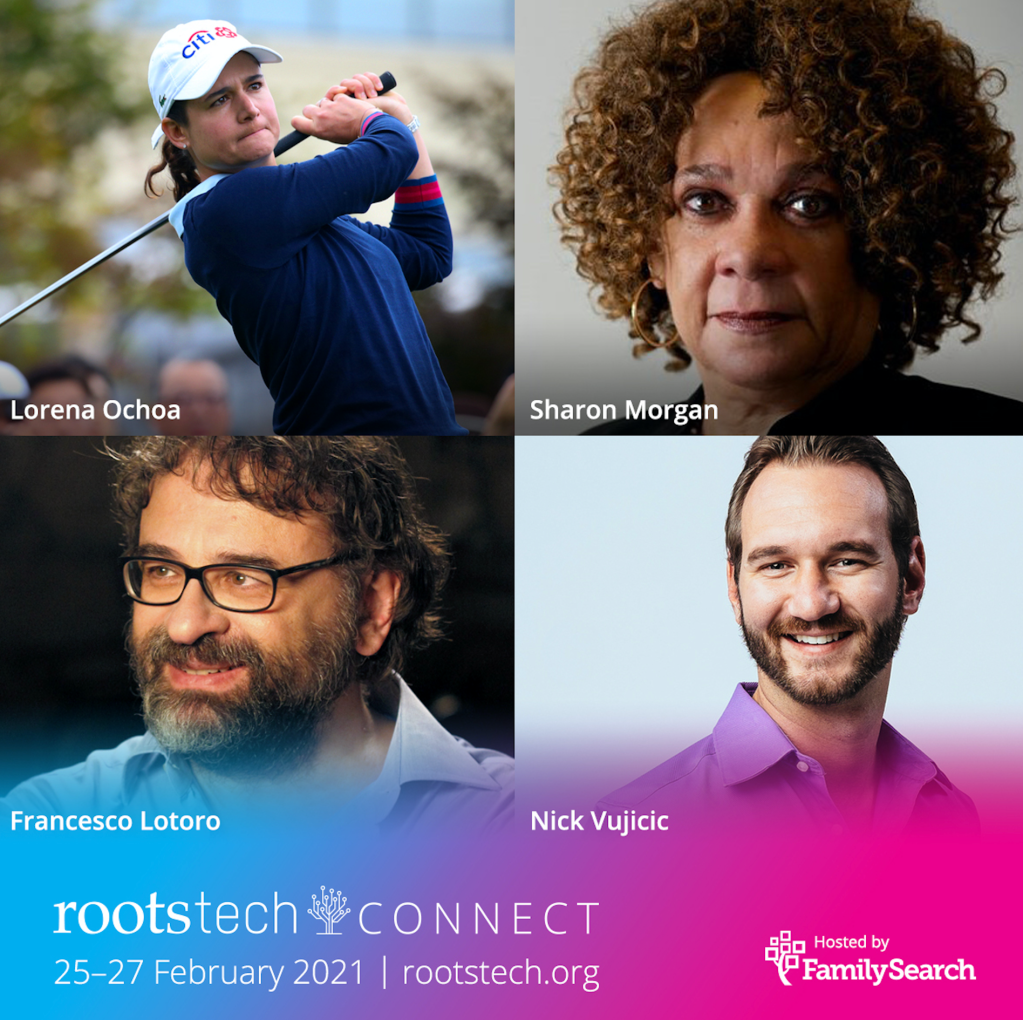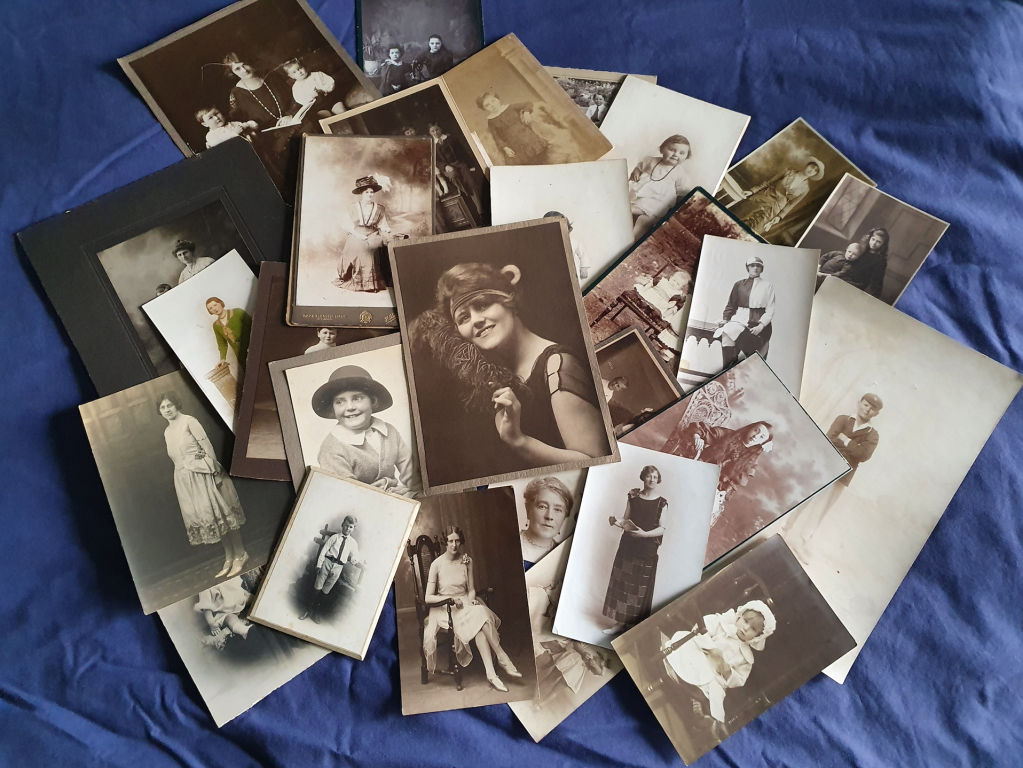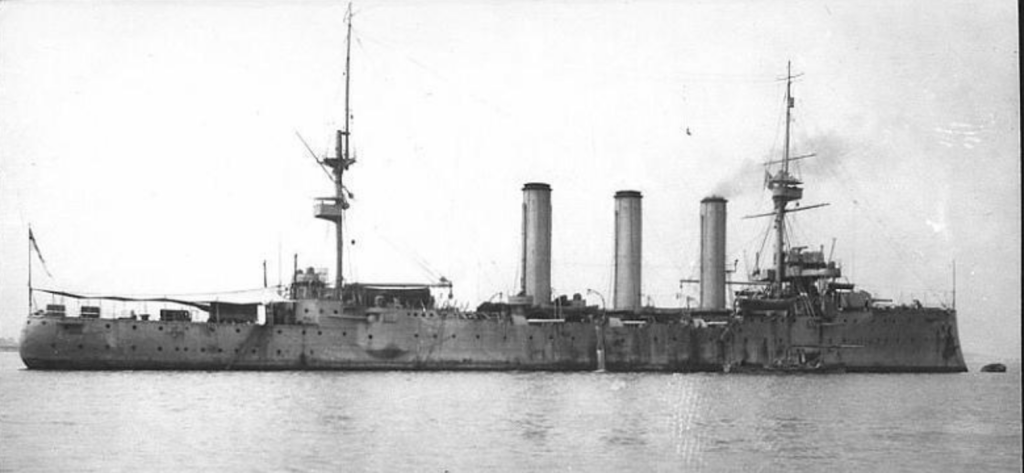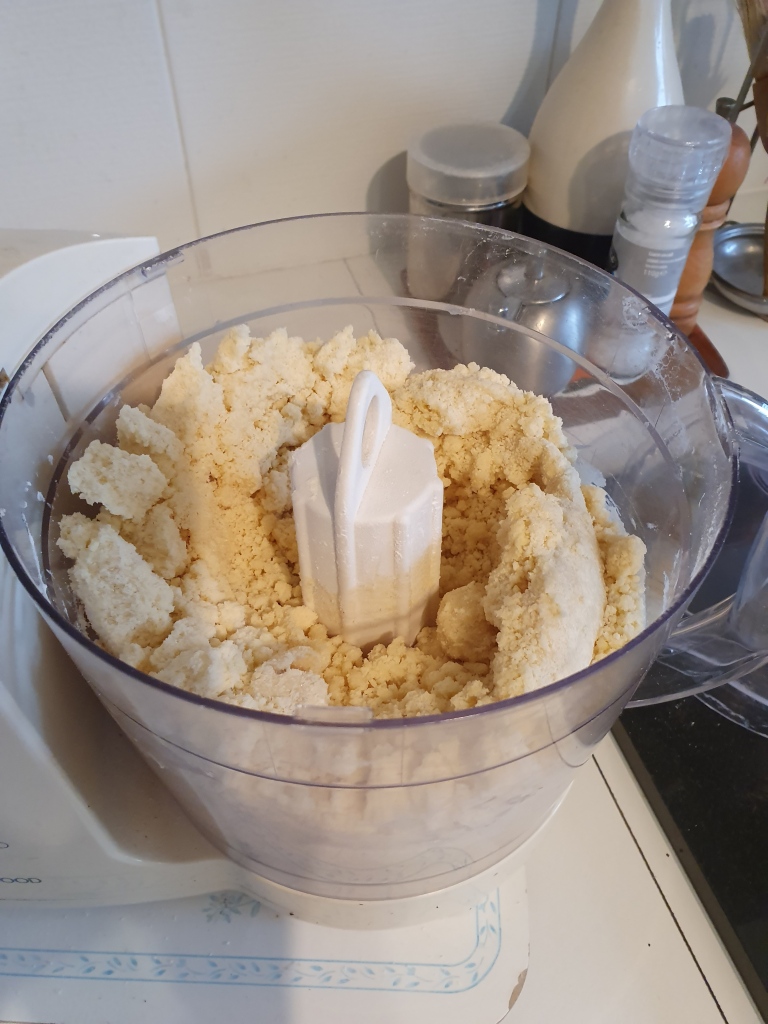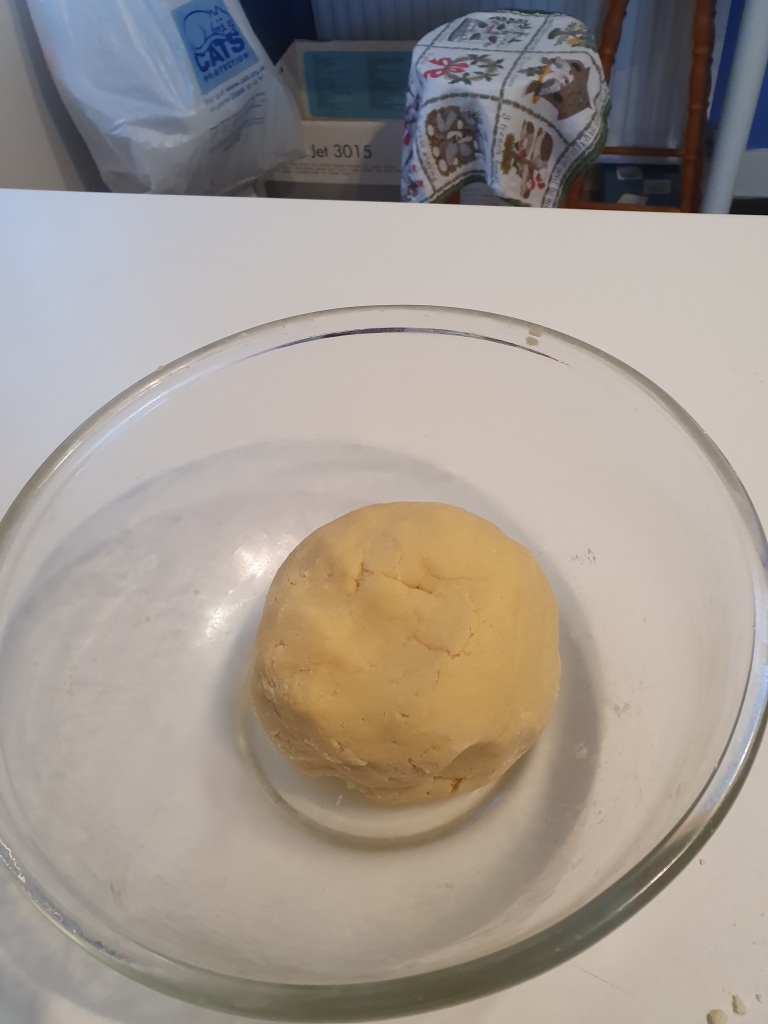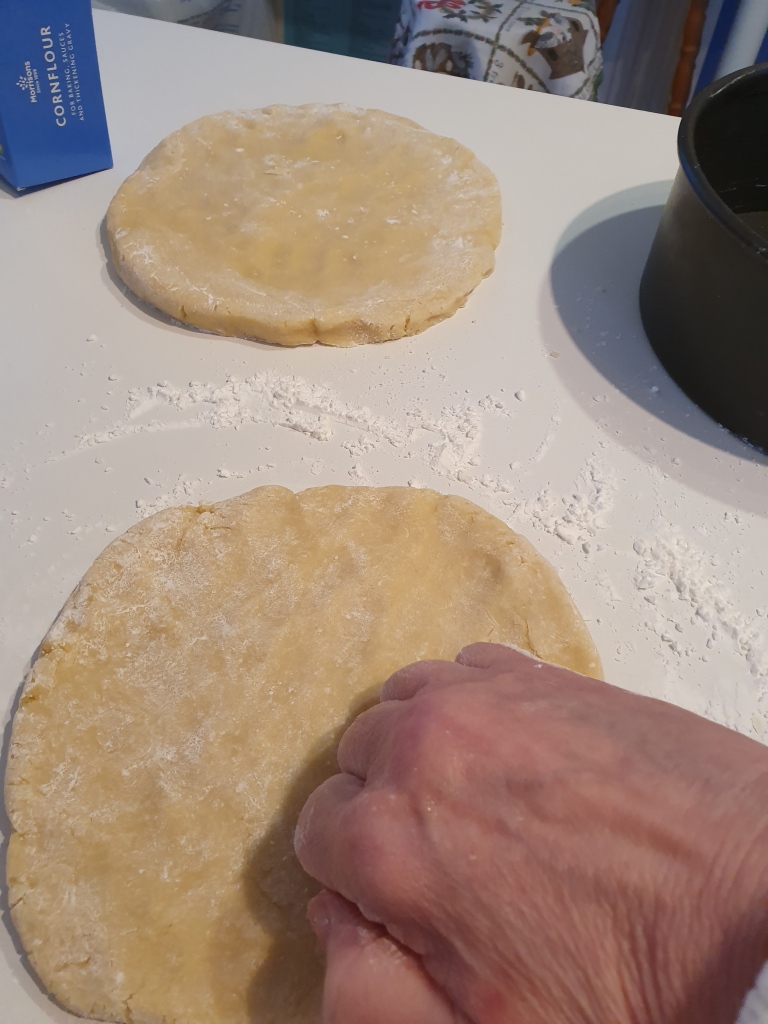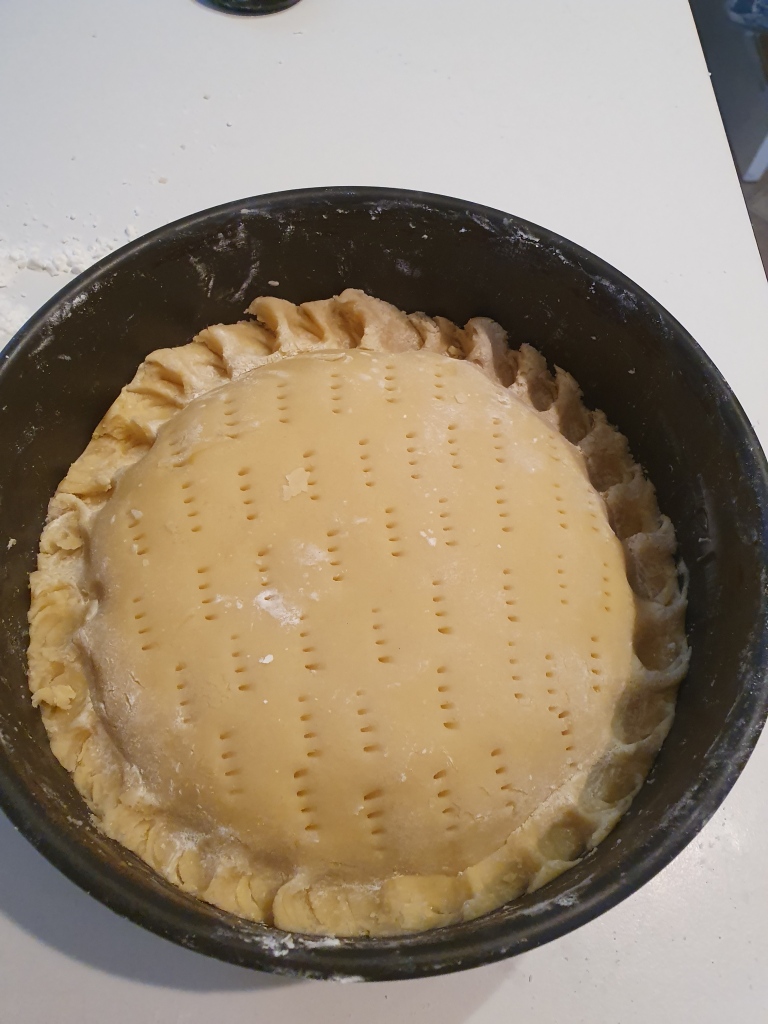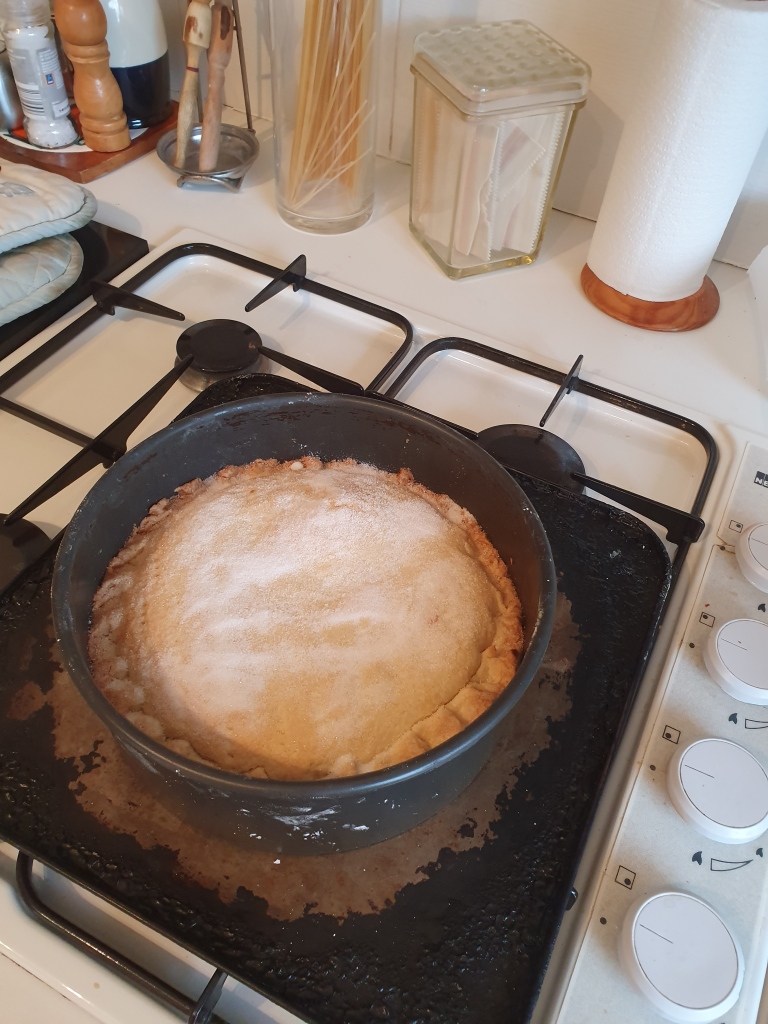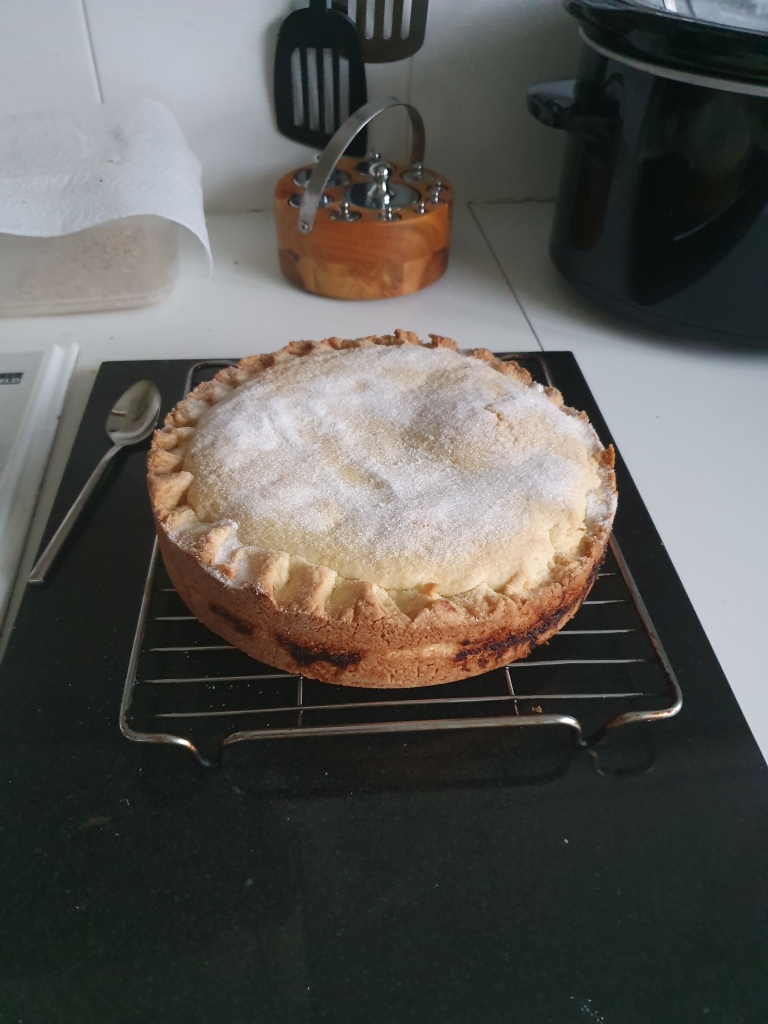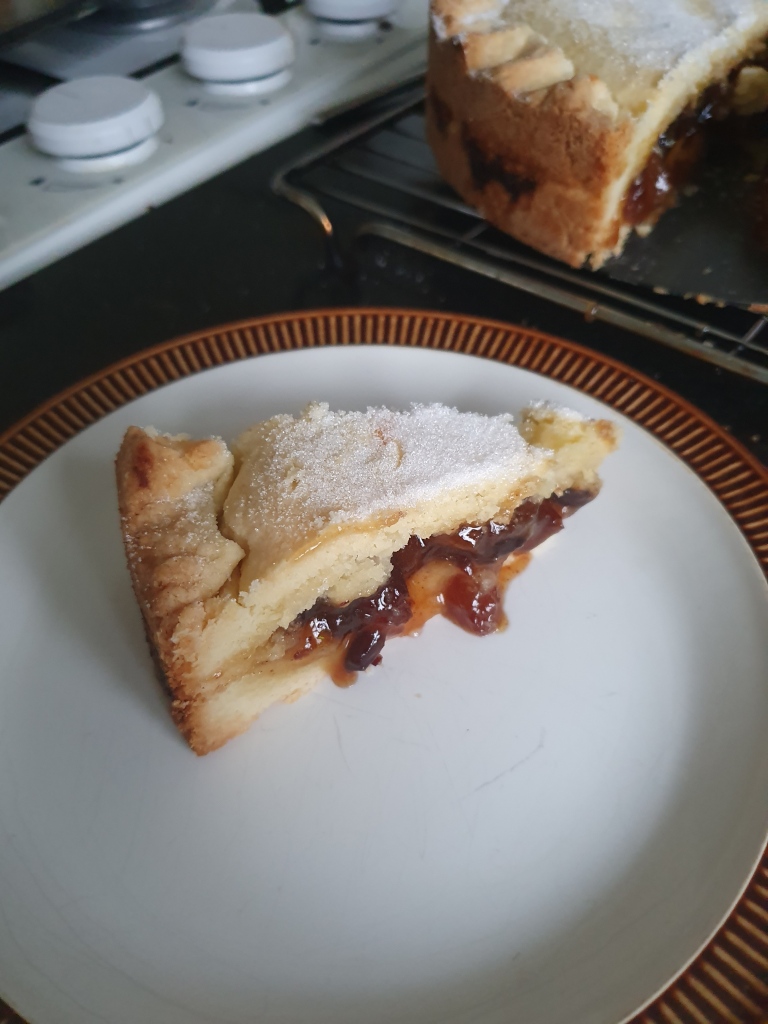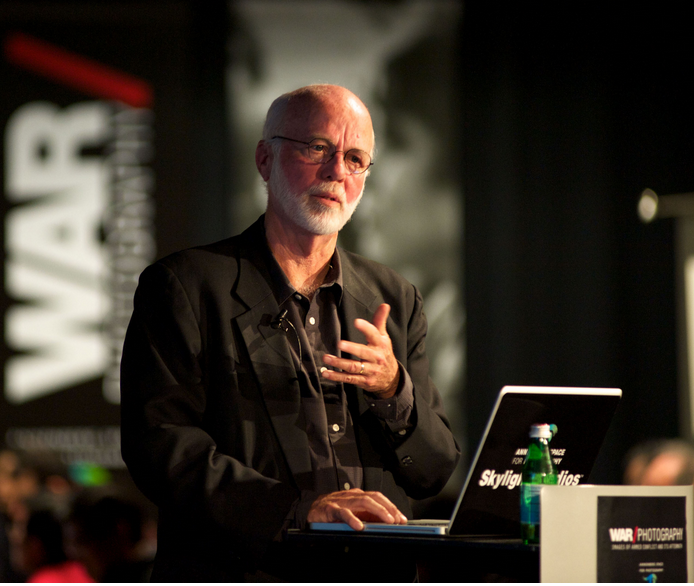The other day, before the second lockdown, I placed some bids at the local auction house for three lots of photographs. Two of my bids were unsuccessful but the third bid made me the owner of a packet of assorted photographs which appear to be from the period (roughly) 1900 – to 1930. Having collected the photographs I was able to look at them more closely than I had been at the auction preview day. I already knew that some of the photos, whilst appealing, had nothing written on the reverse to offer a few clues, although quite a few did and are going to provide me with some fun researching in the coming weeks. Some of the photographs are mounted on card bearing the name of the photographer’s business, but one in particular caught my attention. It is mounted on plain card and on the reverse, someone had handwritten Photo Bee Belton, 6 Wellington Place N.W.1.
Intrigued, I thought I would attempt to identify Bee Belton. Was she the subject or the photographer?
The photo (centre above) looks as if it was taken in the 1920s or early 30s, so I popped Bee/Beatrice Belton Photographer into Google which took me to Photographers of Great Britain and Ireland 1840 – 1940 where I found several photographers named Belton listed including a Miss Beatrice (Bee) Belton.[i]
Having confirmed that Bee Belton was a photographer my next stop was the British Newspaper Archive where I found numerous examples of her work. The Graphic dated 1 May 1920 included an example of her work exhibited at the Camera Academy Exhibition of work by Professional Portrait Photographers entitled ‘For of Such is the Kingdom of Heaven’ a charming study of a small child with book on her lap, gazing upwards. The narrative accompanying the photos complimented ‘the technical standard of the highest level and the artistic quality had made a great advance on exhibitions of a similar kind before the days of the world-wide conflict.’ In 1927 another of her photographs was published in The Graphic. On this occasion it was of Mr Sidney Davis, the racing motorist who had won the Grand Prix d’Endurance with his co-driver John Benjafield.[ii] Nowadays we know this as the Le Mans 24 hours race.
Her work also appeared in the Gentlewoman in 1918, 1919 and 1920. The Sketch printed her work numerous times between 1913 and 1930. I can imagine that her work might appear in magazines such as Country Life, there were plenty of “engagement” photographs and twenty first birthday portraits. Her work also included portraits of young children and although she was a London based photographer, her work appeared in newspapers across the British Isles, including in Aberdeen. The last newspaper entry I have been able to locate for her was in 1938, when she advertised a Situation Vacant in the Hendon and Finchley Times on 30 September 1938 for ‘Young Girl to learn photography. Small salary 6 Wellington Place St John’s Wood.’
The National Portrait Gallery website has a portrait of the actress Julia Emilie Neilson, taken by Bee Belton and published by Beagles Postcards c 1910.[iii] Bee Belton named on my photograph was a well known Professional Portrait Photographer, and obviously had a society clientele, it was time to try and establish more about who she was.
Turning to Ancestry, Find My Past and Free BMD, and making an assumption that Bee Belton was indeed single, as suggested by the Photographers of Great Britain and Ireland 1840 – 1940 website, I identified a number of females called Beatrice Belton. Knowing she had work published in 1913, I limited my search area for a birth in the 1870 – 1890 period, and found an entry in an Electoral Roll for 1918 for 6 Wellington Place named Beatrice Hilda Belton, qualified to vote “by occupation”. As early as 1913 Bee Belton had her business listed in the London telephone directory as a Photographer and Miniaturist, Telephone: Hampstead 5304.[iv] I had found my lady.
Beatrice Hilda Belton’s birth was registered in the first quarter of 1882 in Kingston (Surrey) registration district. The General Register Office website confirmed that her mother’s maiden name was Taylor.
There were four Belton/Taylor marriages between 1873 and 1880, but the 1891 census has a Beatrice H Belton was living at 59 Upper Gloucester Place with her parents Frederick and Amelia and siblings Mabel E and Frederick H.[v] Father Frederick was a Corn dealer and employer. Both her brother Frederick and Beatrice were scholars. The marriage between Amelia Taylor and Frederick Belton took place in Wandsworth registration district in 1873. In the years following, Amelia gave birth to Beatrice’s siblings, Mabel Eliza in 1876, Frederick Harry in 1878 both births registered in Wandsworth registration district.
By 1901, the family were living at 144 Marylebone Road, Frederick the younger was no longer living with his family and Beatrice was working as a book keeper, although Mabel does not appear to have an occupation.[vi] Young Frederick was by now married and living with his wife Alice in Hammersmith, working as a clerk to a corn dealer, perhaps in his father’s business.
By 1911, the Belton family members were still living at 144 Marylebone Road, Frederick Snr was now described as a Corn and Petrol dealer, but neither Mabel nor Beatrice are shown as having any occupation.[vii] Also living at the same address but as a separate household, were young Frederick and his wife Alice, his occupation was given as a Corn dealer and dealer in motor accessories, but although they had been married for over ten years, there were no children. When Frederick enlisted in 1916, his attestation records confirm that there were no children. Frederick died in 1924. Frederick Belton Snr died in 1922, and his wife Amelia died in Southend in 1938.
In the spring of 1935, Beatrice married Wilfred H Sharp. Later that year her sister Mabel Eliza passed away. Probate was granted to Beatrice H Sharpe, wife of Wilfred Howard Sharp on 2 March 1936.[viii]
The 1939 Register shows Wilfred and Beatrice were living at 1 Gloucester Terrace, Southend with a live in housekeeper and Beatrice’s occupation is given as Professional Portrait Photographer. They are also to be found listed on the electoral roll at 6 Wellington Place in London with their abode given as 1 Gloucester Terrace, Southend. A search using Google street view shows a rather nice large house, close to the sea.
In the 1950s, 60s and early 70s Beatrice and Wilfred were living in Wokingham in another substantial property. Wilfred died in 24 June 1971 and Beatrice on 15 April 1972. Her estate was valued at £63,711, almost £900,000 at today’s values and almost £18000 in Estate Duty was paid. Neither of Bee’s siblings had any children, and Beatrice left the residue of her estate to her nephew, the son of one of Wilfred’s siblings and her personal belongings to his wife.
Bee Belton was a successful businesswoman. She soon adopted the technology of the day – the telephone, and was one of the first group of women enfranchised by the Representation of the People Act 1918.[ix] She was a member of the North London Centre (of professional Photographers and wrote and acted in a play entitled Forward – A Play with a Moral which was performed at the 1930 Professional Photographers Congress which was held in the New Horticultural Hall, Vincent Square, London. Bee played the character of Miss Jones, ‘a modern businesswoman who buys an old fashioned photographic studio and makes amazing changes to bring the business up to date.’[x] There are some photos of the production on the the EdinPhoto website, so perhaps Bee can be seen amongst the cast. One can hazard a guess that her play was in part autobiographical.
I have no idea who the sitter was in the photograph though.
[i] https://www.cartedevisite.co.uk/
[ii] https://www.britannica.com/sports/24-Hours-of-Le-Mans
[iii] https://www.npg.org.uk/collections/search/portrait/mw260188/Julia-Emilie-Neilson?LinkID=mp151283&role=art&rNo=0
[iv] BT Archives; London, England; British Phone Books 1880-1984
[v] The National Archives of the UK (TNA); Kew, Surrey, England; Census Returns of England and Wales, 1891; Class: RG12; Piece: 101; Folio: 53; Page: 42; GSU roll: 6095211
[vi] The National Archives of the UK (TNA); Kew, Surrey, England; Census Returns of England and Wales, 1901; Class: RG13; Piece: 115; Folio: 137; Page: 19
[vii] The National Archives of the UK (TNA); Kew, Surrey, England; Census Returns of England and Wales, 1911; Class: RG14; Piece: 575
[viii] Principal Probate Registry. Calendar of the Grants of Probate and Letters of Administration made in the Probate Registries of the High Court of Justice in England
[ix] https://www.parliament.uk/about/living-heritage/transformingsociety/electionsvoting/womenvote/parliamentary-collections/collections-the-vote-and-after/representation-of-the-people-act-1918/
[x] http://www.edinphoto.org.uk/1/1_congresses_from_1910_play_1930.htm


